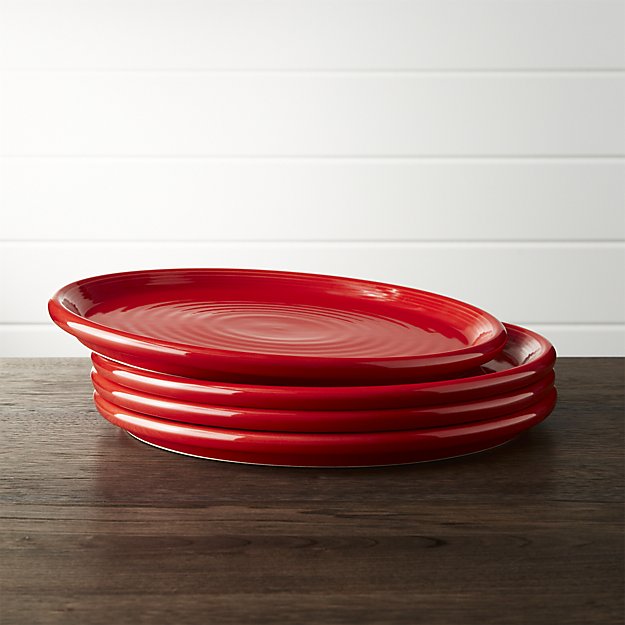Alzheimer’s Disease has a profound effect on a person’s well-being. Meal times encompass a large part of residents’ daily routine. Much of the day’s activities revolve around the preparation, service, and enjoyment of meals.
The “red plate study” conducted at Boston University in 2004 by researchers Cronin-Golomb and Dunne was designed to assess whether older adults with Alzheimer’s disease would increase their meal consumption from red plates rather than typically used white plates. The study found the red plates to be beneficial; older adults dining from red plates ate 25% more than those dining from white plates. The color contrast was thought to make the foods stand out more visibly for residents with visual impairment, and the color red has been noted to stimulate appetite. The researchers also notice residents presented with a brightened mood and increase their participating in socialization during meals.
The use of colored placed helped create a more person-centered, home-like environment for our residents. The change in dish color was felt by the entire community on the memory care neighborhood. To enhance hydration and nutrition in your facilities, you may want to consider this approach to your facility’s dining experience.
“Roja Bien!”: The effects of colored plates in memory care dining – McKnight’s Long Term Care 07/31/2017


Comments (0)